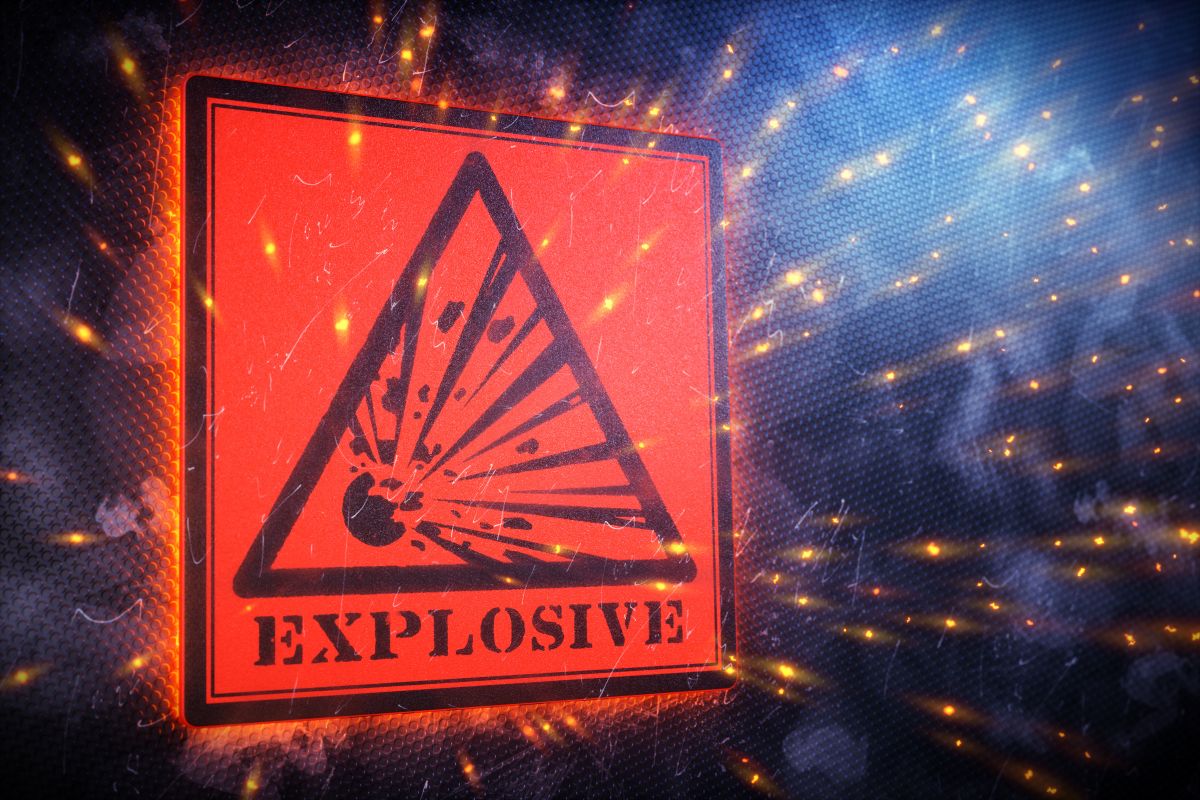Casella UK
Wolseley Rd, Kempston,Bedford MK42 7JY
+44(0)1234844100
info@casellasolutions.com

Thinking about combustible dust explosions and coal dust, grain storage and flour mills will immediately spring to mind because they make primetime news. However, any workplace that generates dust is potentially at risk to dust explosions, including:
Dust is created when materials are transported, handled, processed, polished, ground and shaped. Dust can also form from abrasive blasting, cutting, crushing, mixing, sifting or screening dry materials. The build-up of dried residue from the processing of wet materials can also generate dust. Levels of dust in the workplace continues to increase from such daily activity, which is why employers need to stay vigilant to the amounts of dust in the workplace in order to protect workers from hazardous incidents and the potential detrimental consequences.
Employers are reminded of the importance to efficiently monitor dust levels from the severity of combustible dust explosions over the last few years. In 2014, a fatal combustible dust blast in a Chinese processing facility left 75 people killed and 185 severely injured.[1] The blast is one of many that has affected China recently with an incident in 2012 in the city of Wenzhou killing 13[2]. On top of the explosive risk, there is the risk additional risk to health at much lower levels of exposure. In the United Kingdom during 2015-2016, 13,000 deaths were reported as a result of past exposures at work, primarily to chemicals and dust.[3]
With such risks to employee safety and health, what can employers do to reduce the risk of a combustible dust explosion? The Dangerous Substances and Explosive Atmospheres Regulations 2002[4] set out the minimum requirements for improving health and safety protection within potentially explosive atmospheres through the safe handling and use of dangerous substances. In accordance with the regulations, it is the employers responsibility to protection employees from these risks to their safety in the workplace. Employers need to identify where explosive atmosphere conditions occur and to assess the risk and record what actions are being taken to prevent an explosion and fire.[5]
So, what are the conditions that employers need to assess to prevent a combustible dust explosion? A dust explosion can only occur when the following five factors are present:
There There are a number of ways Dispersion can occur, such as a dry filter being pulse cleaned[1] or from an initial (primary) explosion in processing equipment, causing a blast wave that disturbs accumulated dust that, if ignited, causes a secondary explosion. The latter is often far more destructive than a primary explosion due to the increased quantity of dispersed dust.
Should monitoring dust concentration also be part of the mitigation?
Undertaking a walk-through survey using a hand-held, real-time sampler would give instantaneous indication of concentration. It could also be used to check the effectiveness of control measures such as local exhaust ventilation e.g. pre and post filter.
Industrial hygienists may already be undertaking personal monitoring for toxic or sensitizing dusts and the same air-sampling pump could be used in combination with a real-time sampler when housed in a robust, portable case, on an unattended, short-term basis.
Such a system can provide concentration using a gravimetric filter but also a time history profile, which could help identify the source of the problem.
Fixed, AC powered solutions could also be used on a continuous basis for high-risk areas. These have the advantage that the data can be made available remotely using a web-based interface. These systems provide real-time alerts via text message or an email should limits be exceeded. Reports can easily be automated and sent to multiple users, which allows an early intervention to avoid a potential problem.
Great care should be taken in hazardous atmospheres that may require instrumentation to be intrinsically safe or require a hot-work permit and, action thresholds should always be set at a fraction of the Lower Explosion Limit (LEL) for the dust in question. However, if there is any doubt whatsoever, ensure that you speak to the relevant site manager or supervisor that have responsibility for risk assessment and permitting and who can advise accordingly.
Dust explosions continue to be a persistent problem for many industries resulting in loss of life, injuries and destruction of property. Even those individuals most highly trained, including government enforcement officials, insurance underwriters and company safety professionals often lack awareness of combustible dust hazards. MSDS are also ineffective in communicating to employers and workers the hazards of combustible dust explosions and ways to prevent them. This is all the more reason for all employees to have a basic awareness of the hazards of dust explosions and the best way to mitigate those risks.
[1] http://www.hazardexonthenet.net/article/79640/Hundreds-of-factories-closed-after-fatal-China-combustible-dust-blast.aspx
[2] http://www.hazardexonthenet.net/79640/Hundreds-of-factories-closed-after-fatal-china-combustible-dust-blast.aspx
[3] http://www.healthandsafetyevents.co.uk/page_883252.asp
[4] http://www.hse.gov.uk/fireandexplosion/dsear.htm
[5] http://www.willis.co.uk/documents/Knowledge/Willis%20Risk%20Insight%20-%20The%20Dangers%20of%20Combustible%20Dust.pdf
[6] Dust in Industry: Preventing and Mitigating the Effects of Fire and Explosions. Safety and Health Information Bulletin SHIB 07-31-2005; updated 11-12-2014
Tim Turney is Technical Product Manager at Casella and graduated as an engineer from Queen Mary and Westfield in London. Since starting at Casella in 1998, Tim has been involved in the acousitcs and air sampling industry, specialising in measurement and instrumentation technologies.